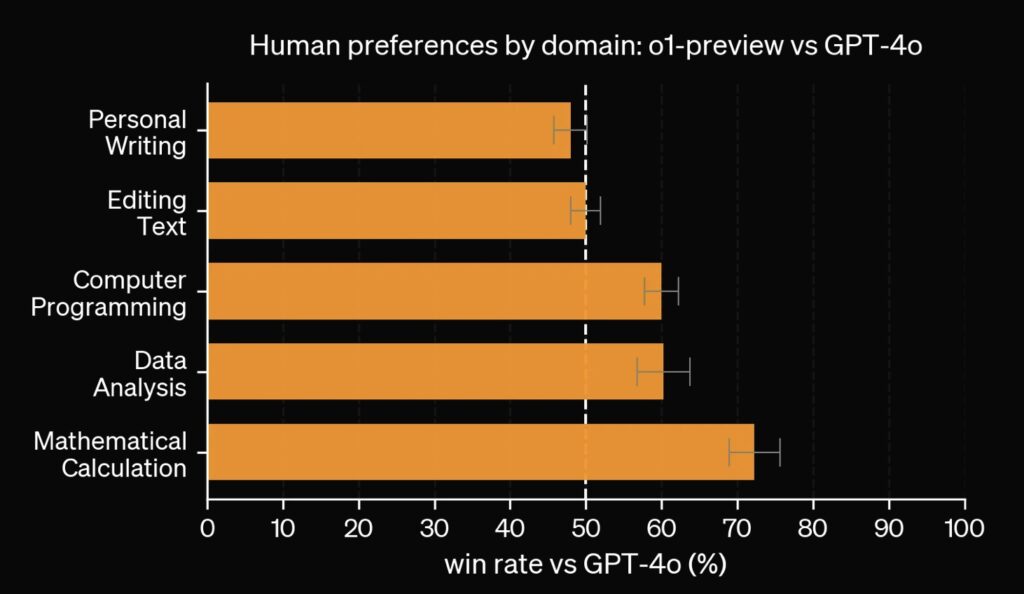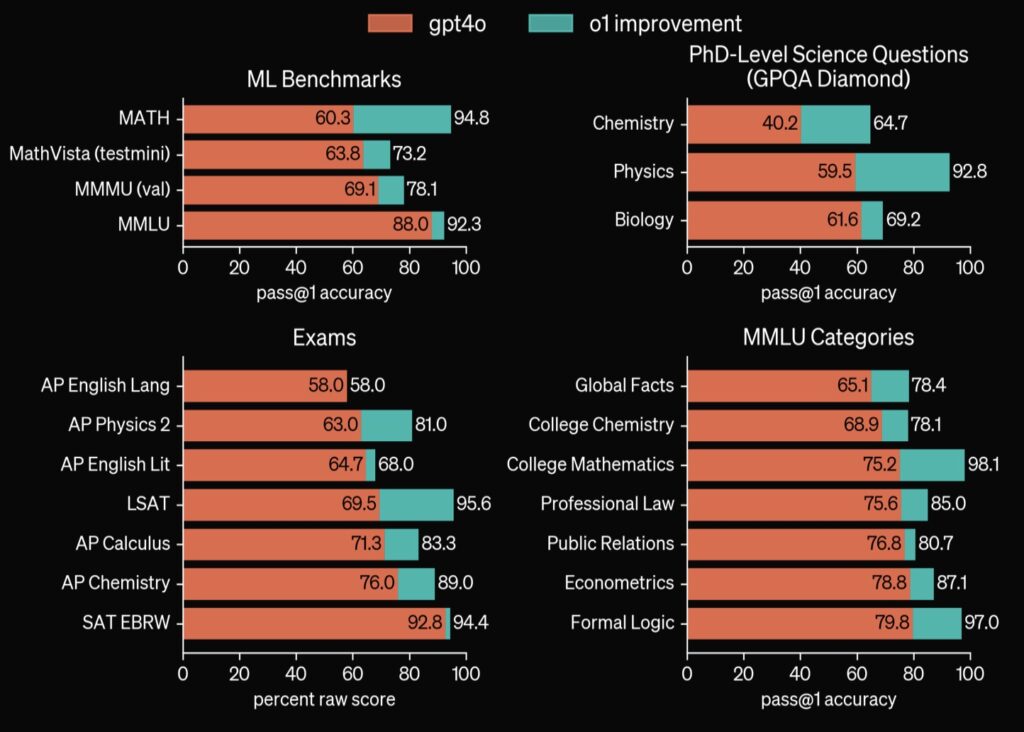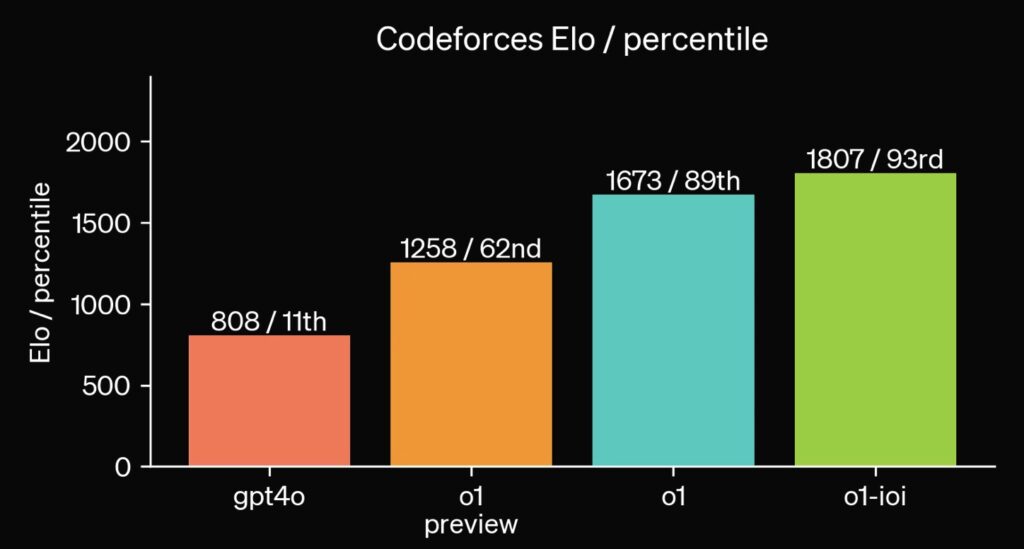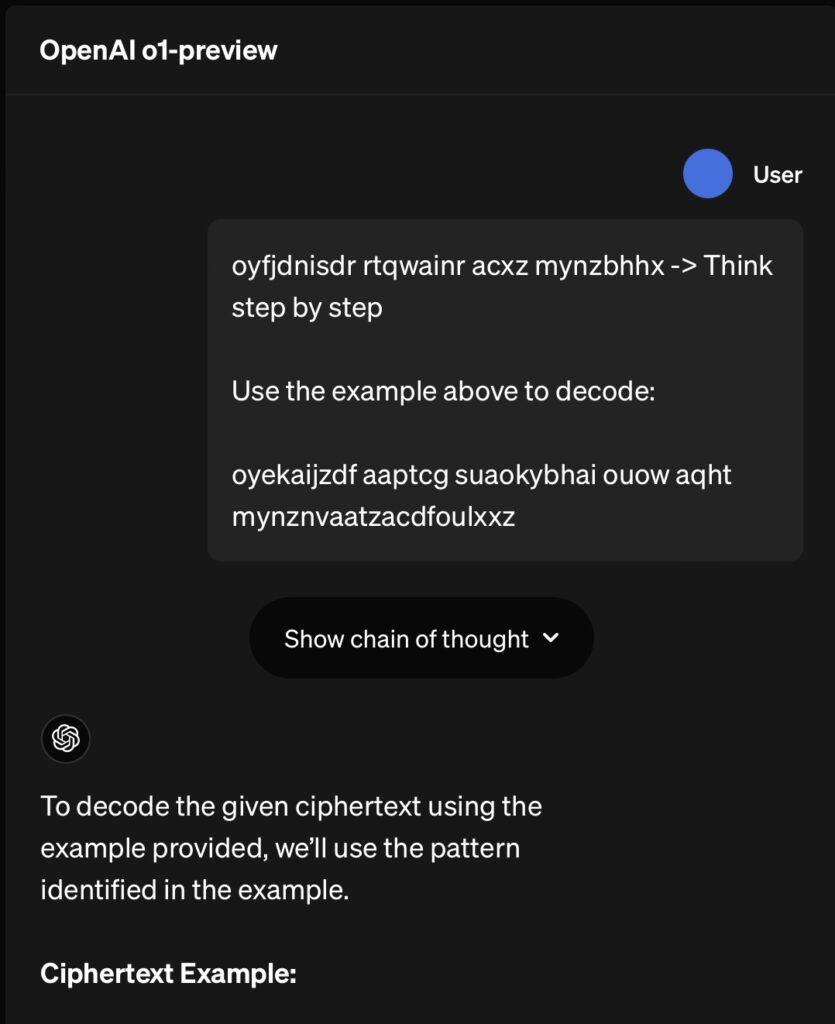Revolutionizing Reasoning: OpenAI’s o1 Model Sets New Standards for Complex Problem-Solving
- Breakthrough in AI Reasoning: OpenAI introduces o1, a groundbreaking model that uses reinforcement learning to perform complex reasoning tasks, surpassing previous models in accuracy and problem-solving capabilities.
- Remarkable Performance Metrics: The o1 model excels in competitive programming, math Olympiads, and scientific benchmarks, showcasing its advanced reasoning abilities and precision in solving intricate problems.
- Enhanced Safety and Alignment: The integration of chain-of-thought reasoning in o1 enhances safety, alignment with human values, and robustness against potential misuse, marking a significant leap in AI development.

OpenAI has unveiled a transformative advancement in artificial intelligence with the introduction of the o1 model, a large language model (LLM) that leverages reinforcement learning to master complex reasoning tasks. Unlike its predecessors, o1 is designed to “think” before providing answers, allowing it to produce a detailed chain of thought that closely mirrors human reasoning processes. This innovative approach marks a significant departure from traditional models, which often generate responses in a single step without in-depth analysis.

The o1 model has already demonstrated impressive performance across a range of challenging benchmarks. In competitive programming environments like Codeforces, o1 achieved an Elo rating of 1807, placing it among the top 7% of competitors. In the 2024 American Invitational Mathematics Examination (AIME), o1 scored 74% on average, significantly outperforming GPT-4o, which averaged only 12%. This remarkable performance highlights o1’s capability to handle complex mathematical and programming problems with high precision.
Beyond math and coding, o1 has also excelled in scientific disciplines. In a rigorous evaluation against the GPQA diamond benchmark, which tests expertise in chemistry, physics, and biology, o1 surpassed human PhD-level experts, becoming the first model to achieve this level of proficiency. These results underscore o1’s superior reasoning abilities and its potential to advance AI applications in scientific research and education.
One of the key innovations of the o1 model is its use of chain-of-thought reasoning, a process where the model breaks down complex problems into manageable steps and refines its approach based on reinforcement learning. This method allows o1 to recognize and correct mistakes, improving its problem-solving strategies over time. For instance, in competitive programming, o1’s ability to generate multiple candidate solutions and select the best ones based on performance metrics led to a significant increase in its competition score.
Safety and alignment have also been major focus areas for OpenAI. The integration of chain-of-thought reasoning not only enhances the model’s reasoning capabilities but also improves its adherence to safety protocols. By teaching o1 to reason about safety rules in context, OpenAI has made strides in ensuring that the model behaves in a manner consistent with human values. Preliminary safety tests have shown that o1 is more robust against attempts to manipulate its outputs and adheres better to safety guidelines compared to previous models.

OpenAI 1o is limited to 30 queries per week.
Despite these advancements, OpenAI has decided not to disclose the raw chains of thought generated by o1. This decision, influenced by considerations of user experience and competitive advantage, aims to balance transparency with practical usability. Instead, users will see model-generated summaries of the chain of thought, which are designed to convey useful ideas without exposing the model’s inner workings directly.

The introduction of the o1 model represents a significant leap forward in AI reasoning. With its enhanced problem-solving capabilities, improved safety features, and alignment with human values, o1 sets a new benchmark for AI technology. As OpenAI continues to refine and develop this model, the potential applications in science, coding, and mathematics are vast and promising. The AI community and developers alike can look forward to exploring the new possibilities that o1 and its successors will bring to various fields.
